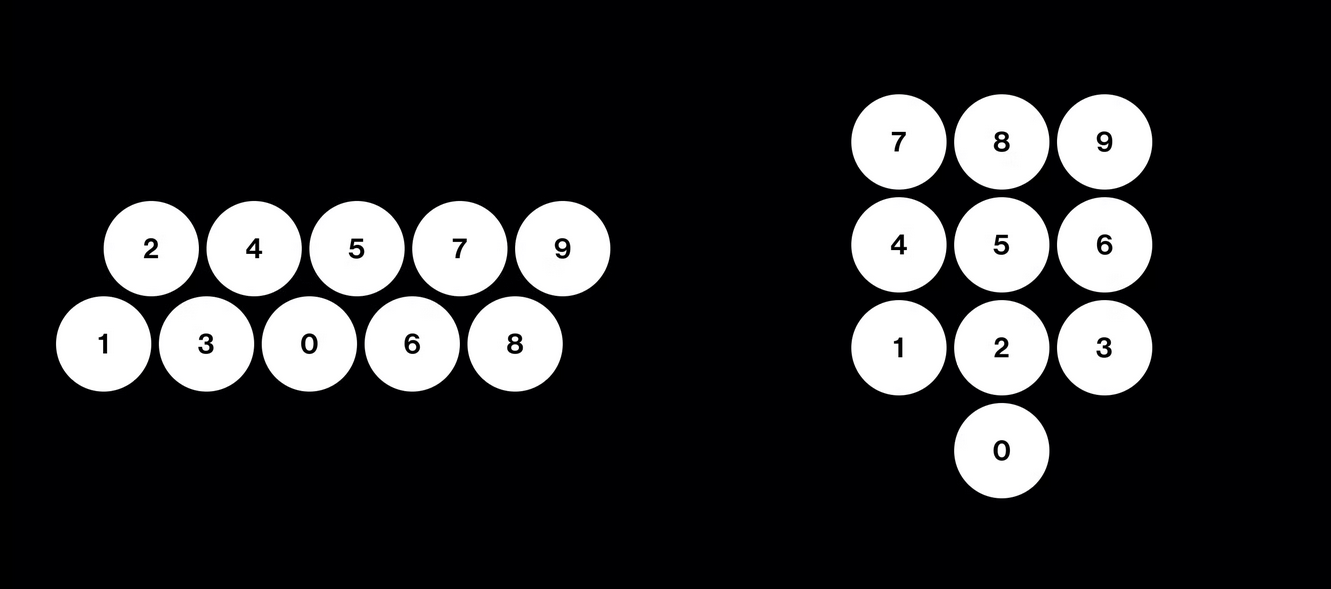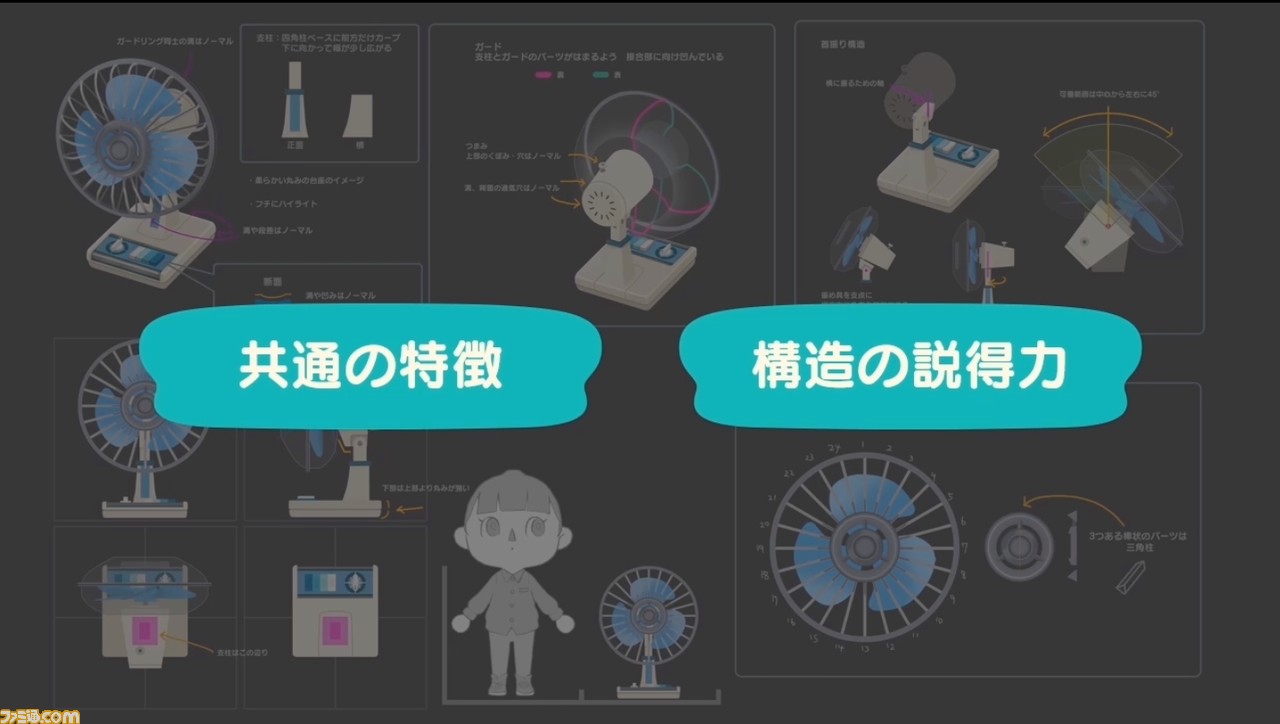Trying to describe and qualify contemporary aesthetic trends isn’t new, even in our hyper-online era (I first heard about product designers’ obsession with blobjects in the pages of Artbyte circa 1999, RIP to both that magazine and to me 💀), but like the two hard problems of computer science, naming things is often the difficult work.
Enter the Consumer Aesthetics Research Institute, a group of online researchers cataloguing and sifting through the design trends (especially imagery) since the 1970s that bubbled up out of subcultures far enough to be picked up by the corporate world and out into shopping malls and ads in popular magazines of the day. They provide a handy filterable and sortable interface to these design trends.
I love having names for these trends — sure, lots of design-y folks can probably identify Memphis style by name, but how about Rad Dog or Whimsicraft!
From It’s Nice That’s write-up on CARI’s work:
From coquette to dark academia, girl-dinner to white boy summer, micro-trends dominate the internet. Interests, fashion and fandoms have become so granular, with everyone out to try to create their own aesthetic, that the average person is often left feeling dizzy from the esoteric jargon of the online design world. We live in a wonderfully varied, but confusing, fragmented polyculture, sometimes so difficult to navigate that people wonder if subcultures no longer exist. But the worlds of obscure aesthetics within the larger design universe offer a drastically different perspective. Subcultures are in fact thriving – they’re alive, they’re actively shaping our world and anything, no matter how niche, can belong to somebody.



